-


Nomenclature of The ...
Nomenclature of The Vedas
by: Swamini Atmaprajnananda SaraswatiThe book in its attempt to study various aspects of the Vedas presents a detailed study of Indian traditionalists on the Vedic literature from Veda VyÀsa to SÀyaõa and other famous ÀcÀryas. While exploring all important commentaries on the Vedas it brings under spotlight the leading Western scholars and modern Indian thinkers and commentators.
₹540.00
ISBN: 9788124606445
Year Of Publication: 2012
Edition: 1st
Pages : xxvi, 234 p.
Bibliographic Details : 1 Map, 25 b/w photographs; Glossary; Bibliography; Index
Language : English
Binding : Hardcover
Publisher: D.K. Printworld Pvt. Ltd.
Size: 23
Weight: 500
With elaborate notes on legends of the Vedas, the book attempts to study various aspects of the Vedas. It presents a detailed study of Indian traditionalists on the Vedic literature, beginning from Veda Vyasa to Sayana and other acaryas including modern saint-scholars. It also views researches of the Western scholars and historians who have critically studied various aspects of the Vedic corpus. It conducts an in-depth exploration of the commentaries on the Vedas, focusing on noted traditional Vedic commentators like Yaska, Jaimini, Kumarila Bhatta, Sayana and Mahidhara as also the modern Indian commentators including Swami Dayananda, S.D. Satavalekar, Sri Aurobindo, Devi Chand, Sriram Sharma and the Western commentators like H.H. Wilson, F. Max Müller, R. Roth, A. Weber, W.D. Whitney, A.B. Keith, and R.T.H. Griffith.
The volume deliberates on definition of the Vedas, division of the Vedas and various shakhas of the five Samhitas as well as a list of Samhitas, Brahmanas, Aranyaka and Upanishad that are extant. It delves into details of the Rigvedic Mandalas and the Yajurveda, Samaveda and Atharvaveda with reference to their subject matter, divisions and even their cultural value. It also examines the phenomenon of oral tradition, especially in conveying the Vedas and secret of preserving the Vedas – Vedic chanting. It has numerous illustrations that include maps, charts and pictures.
Preface
Acknowledgements
Notes on Transliteration
List of Illustrations
Abbreviations
Chapter 1 : Nomenclature of the Vedas
1.1. Introduction
1.2 Definition of the Vedas
1.3 Apaurusheyatvam of the Vedas
1.4 Nityatvam or Eternity of the Vedas
1.5 Subject Matter of the Vedas
1.6 The Vedas as Pramana
1.7. Compilation of the Vedas
1.8 Comparative Study of the Four Vedas
1.9 Division of the Vedas – Karma-Kanda & Jnana-Kanda
1.10 Division of the Vedas — Samhitas, Brahmanas, Aranyakas and Upanishads
1.11 Various Shakhas of the Samhitas
1.12 Number of Shakhas
1.13 List of Samhitas Extant Now
1.14 Brahmanas, Aranyakas and Upanishads
1.15 The Brahmanas
1.16 List of Brahmanas Extant Now
1.17 The Aranyakas
1.18 List of Aranyakas Extant Now
1.19 The Upanishads
1.20 List of Principal Upanishads Extant Now
Chapter 2: Rigveda
2.1 Rigveda Samhita
2.2 Rigveda Nomenclature
2.3 Various Shakhas of Rigveda — Shakala, Bashkala, Samkhyayana, Ashvalayana, Mandukayana, Aitareya
2.4 Subject matter of Rigveda Samhita
2.5 Rishi, Devata, Chandas
2.6. Mandala I (191 Suktas)
2.6. Mandala II (43 Suktas)
2.6. Mandala III (62 Suktas)
2.6. Mandala IV (58 Suktas)
2.6. Mandala V (87 Suktas)
2.6. Mandala VI (75 Suktas)
2.6. Mandala VII (104 Suktas)
2.6. Mandala VIII (103 Suktas)
2.6. Mandala IX (114 Suktas)
2.6. Mandala X (191 Suktas)
2.7 Rigveda-Khila-Suktas
2.8 Balakhilya Suktas
2.9 Apra-Suktas
2.10 Women Rishis (Rishikas) in Rigveda Samhita
2.11 Some Popular Suktas and Mantras in Rigveda
2.11.a Rik-Mantras for Peace and Well-being
2.11.b Rik-Mantras for Specific Benefits
2.11.c Details of familiar Rik-mantras
2.11.d Source of Mantras of Navagraha-Suktam
2.11.e Rik-Mantras used in Tantra (Dasha-Mahavidya)
2.12 Rigveda-Samhita-Bhashya and English Translations
2.13 Rigveda Brahmanas (Aitareya Brahmana, Samkhyayana Brahmana, Kaushitaki Brahmana)
2.14 Rigveda Brahmana-Bhashyam
2.15 Rigveda Aranyakas (Aitareya Aranyaka, Samkhyayana Aranyaka)
2.16 Rigveda Aranyaka-Bhashyam
2.17 Rigveda Upanishads (Aitareya Upanishad, Kaushitaki Upanishad, Samkhyayana Upanishad, Bashkala Mantropanishad)
2.18 Arrangement and Sequence of Mandalas
2.19 The Structure and Formation of the Rigveda
2.20 The Order of the Mandalas
2.21 The Formation of the Rigveda
2.22 The Chronology of the Mandalas
2.23 Rigveda – Original Shakhas Table
Chapter 3 : Shukla-Yajurveda
3.1 Yajurveda Samhita
3.2 Shukla-Yajurveda
3.3 Shukla-Yajurveda-Samhita-Shakhas (Kanva-Samhita, Madhyandina-Samhita)
3.4 Subject Matter of Shukla-Yajurveda
3.5 Shukla-Yajurveda Samhita-Bhashya and English Translation
3.6 Shukla-Yajurveda Brahmana
3.7 Shukla-Yajurveda Brahmana-Bhashyam and English Translation
3.8 Shukla-Yajurveda Aranyaka
3.9 Shukla-Yajurveda Upanishads
3.10 Shukla-Yajurveda – Original Shakhas Table
Chapter 4 : Krishna-Yajurveda
4.1 Krishna-Yajurveda-Samhita-Shakhas (Taittiriya-Samhita, Maitrayani Samhita, Katha Samhita, Kapishthala-Katha Samhita)
4.2 Subject Matter of Krishna-Yajurveda
4.3 Krishna-Yajurveda Samhita-Bhashya and English Translation
4.4. Krishna-Yajurveda Brahmana
4.5 Krishna-Yajurveda Brahmana-Bhashyam
4.6 Krishna-Yajurveda Aranyakas
4.7 Krishna-Yajurveda Aranyaka-Bhashyam
4.8 Krishna-Yajurveda Upanishads
4.9 Krishna-Yajurveda – Original Shakhas Table
Chapter 5 : Samaveda
5.1 Introduction
5.2 Samaveda Samhita
5.3 Division of Samaveda
5.4 Nomenclature of Samaveda (Ranayaniya-Shakha)
5.5 Samaveda-Samhita-Shakhas (Kauthuma-Shakha, Ranayaniya-Shakha, Jaiminiya-Shakha)
5.6 Subject Matter of Samaveda
5.7 Samaveda-Bhashyas and English Translations
5.8 Samaveda Brahmana and Bhashyas on Them
5.9 Samaveda Aranyaka
5.10 Samaveda Upanishads
5.11 Samaveda – Original Shakhas Table
Chapter 6 : Atharvaveda
6.1 Introduction
6.2 Veda-trayi and the Atharvaveda
6.3 Cultural Value of Atharvaveda
6.4 Atharvaveda-Samhita
6.5 Atharvaveda Samhita Shakhas (Shaunaka-Shakha, Paippalada Samhita)
6.6 Subject Matter of Atharvaveda
6.7 Kanda I (35 Suktas)
6.7. Kanda II (36 Suktas)
6.7. Kanda III (31 Suktas)
6.7. Kanda IV (40 Suktas)
6.7. Kanda V (31 Suktas)
6.7. Kanda VI (142 Suktas)
6.7. Kanda VII (123 Suktas)
6.7. Kanda VIII (15 Suktas)
6.7. Kanda IX (15 Suktas)
6.7. Kanda X (10 Suktas)
6.7. Kanda XI (12 Suktas)
6.7. Kanda XII (11 Suktas)
6.7. Kanda XIII (9 Suktas)
6.7. Kanda XIV (2 Suktas)
6.7. Kanda XV (18 Suktas)
6.7. Kanda XVI (9 Suktas)
6.7. Kanda XVII (1 Suktas)
6.7. Kanda XVIII (4 Suktas)
6.7. Kanda XIX (72 Suktas)
6.7. Kanda XX (143 Suktas)
6.8 Atharvaveda Bhashyas and English Translation
6.9 Paippalada-Samhita-Shakha
6.10 Atharvaveda Brahmana
6.11 Atharvaveda Brahmana English Translation
6.12 Atharvaveda Aranyaka
6.13 Atharvaveda Upanishads
6.14 Atharvaveda – Original Shakhas Table
Chapter 7 : Commentaries on the Vedas
7.1 Necessity of Commentaries on the Vedas
7.2 Commentaries on the Vedas
7.3 Traditional Commentaries on the Four Vedas: Rigveda, Shukla-Yajurveda, Krishna-Yajurveda, Samaveda, Atharvaveda
7.4 Traditional Vedic Commentators — Shaunaka, Yaska, Panini, Jaimini, Shabaraswami, Skandaswami, Narayana, Udgitha, Kumarila Bhatta, Prabhakara Mishra, Jayanta Bhatta, Venkata Madhava, Uvvata, Bhatta Bhaskara, Shadgurushishya, Swami Ananda Tirtha, Atmananda Sayana, Mahidhara
7.5 Modern Commentators — Swami Dayananda Saraswati, S.D. Satavalekar, Sri Aurobindo, Ananda Coomaraswamy, Kapali Sastry, Bhagadev Acharya, Devi Chand, Shriram Sharma
7.6 Western Commentators — H.H. Wilson, F. Max Müller, Rudolph Roth, A. Weber, W.D. Whitney, J. Eggeling, H. Oldenberg, A.A. Macdonell, M. Bloomfield, M. Winternitz, A.B. Keith, R.T.H. Griffith
7.7 Phenomenon of Oral tradition
7.8 Secret of Preserving the Vedas — Vedic Chanting (Samhita-patha, Pada-patha, Krama-patha, Jata-patha, Ghanapatha)
7.9 Written Form of Vedas
7.10 Rigveda in UNESCO’s ‘Memory of the World’ Register
7.11 Period of the Vedas
Glossary
Select Bibliography
Index

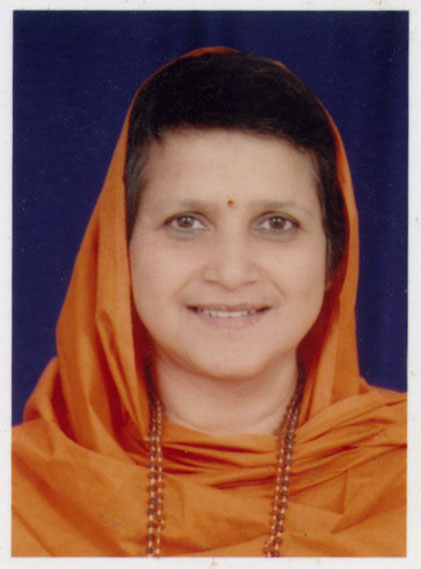

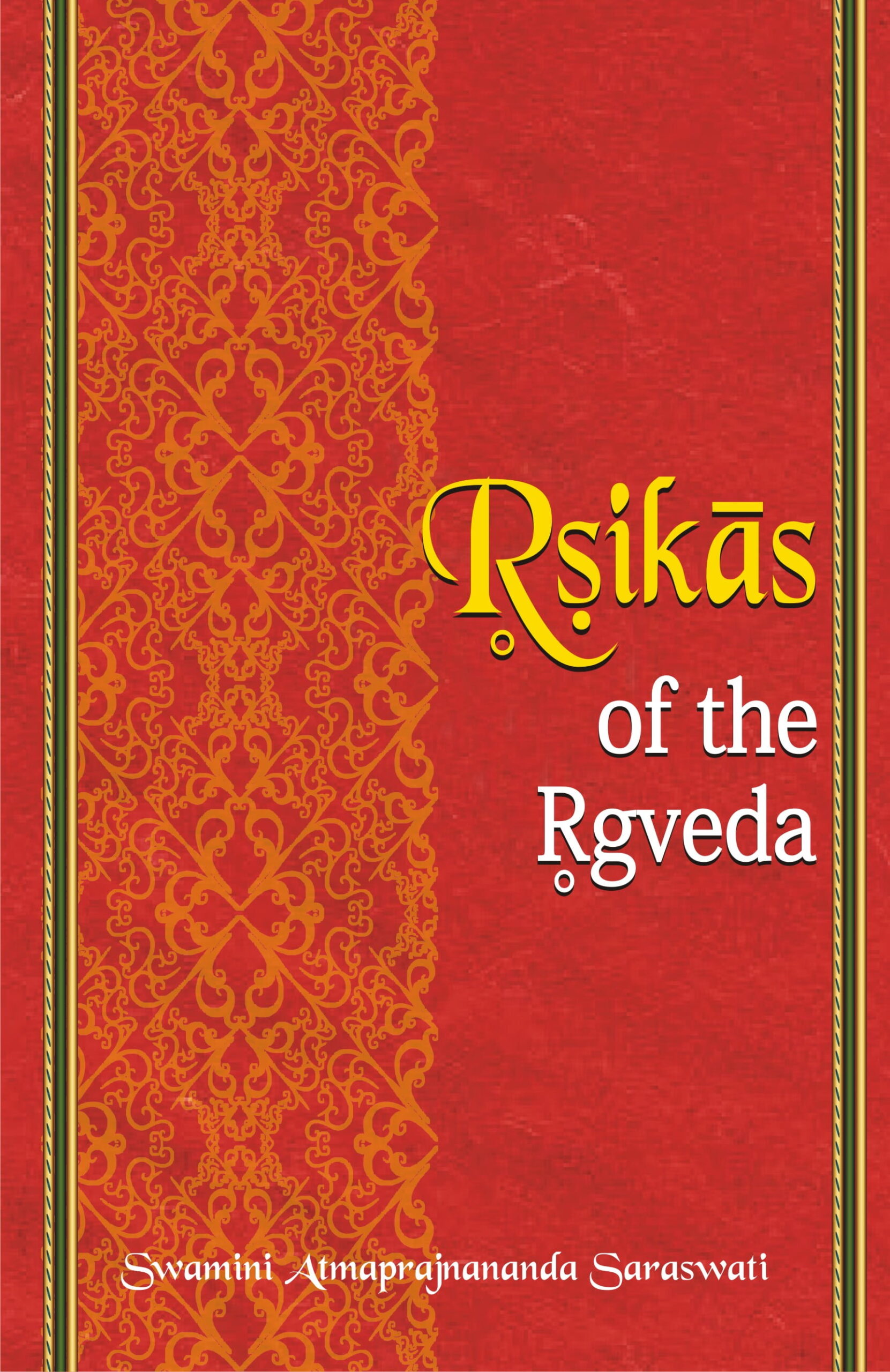
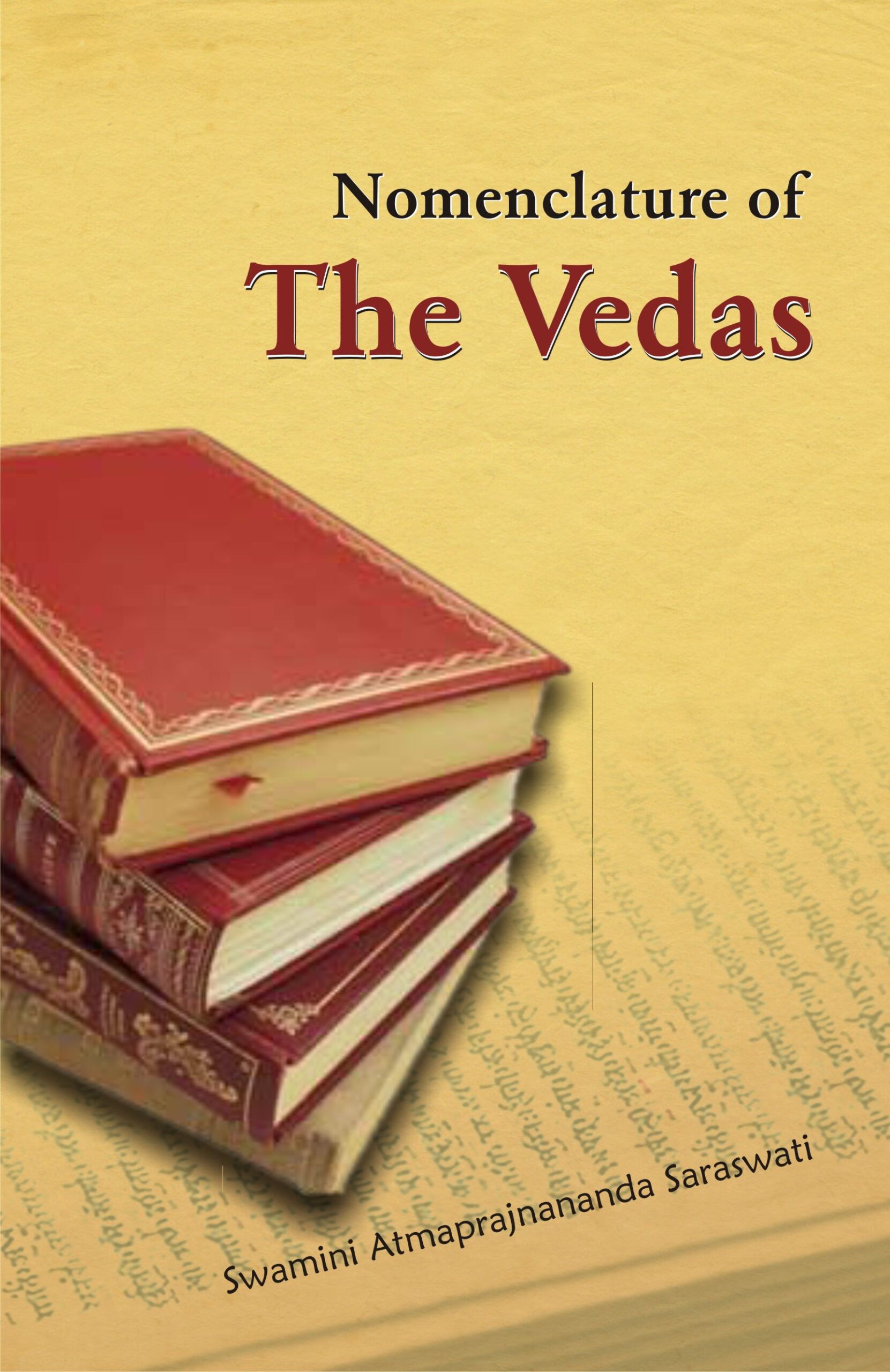


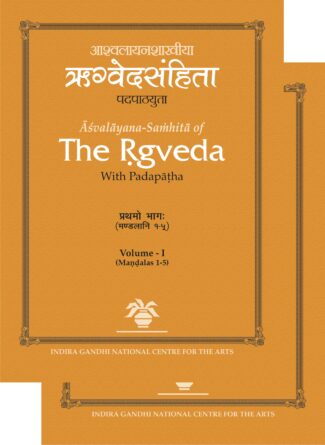

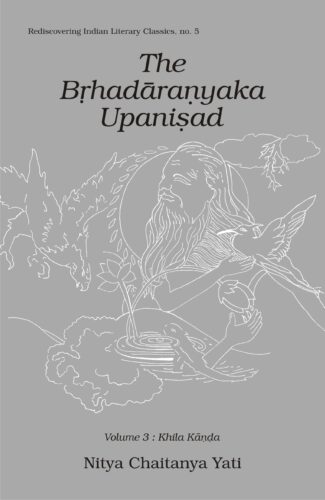
There are no reviews yet.